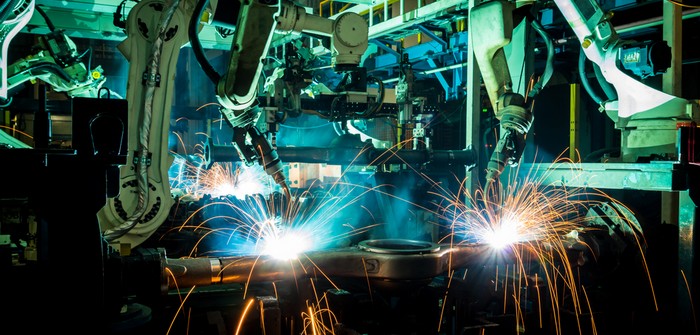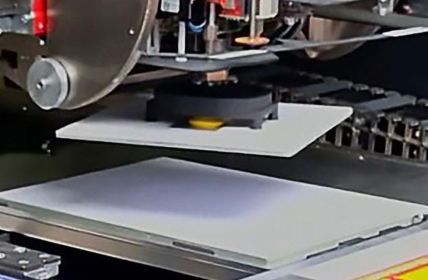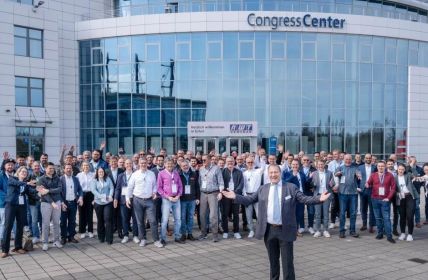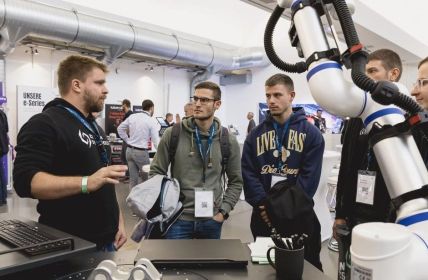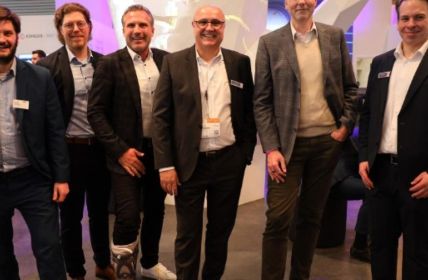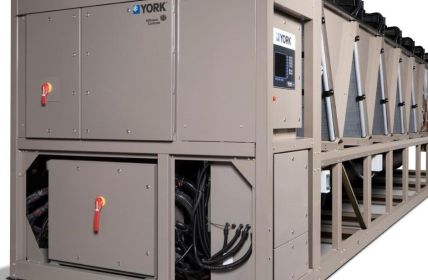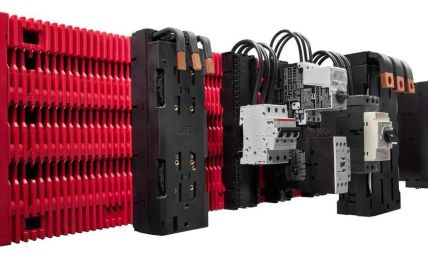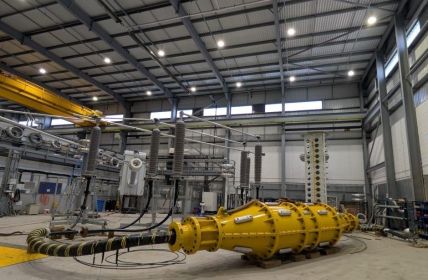For years, one topic has dominated all areas of the economy: the shortage of skilled workers. In industrial manufacturing, too, the lack of young talent has long been bemoaned due to Germany’s aging social and work structure. The developments of the Internet of Things (IoT) in the welding industry show that technological progress can be a way out of this dilemma.
Table of Contents: What awaits you in this article
IoT: Clock generator of the future
The Internet of Things, or IoT for short, is on everyone’s lips today. This new technology promises enormous opportunities in the further development of Industry 4.0 and in everyday life. The hallmark of this technology is the optimized communication of many different devices connected to the Internet. Small applications such as wearables, for example in the form of fitness trackers and electronic locking mechanisms, are just as much a part of this category as large industrial machines.
They are all capable of collecting data and sending it in real time to platforms on the Internet. There, the information can be collected, processed, analyzed and played out again for optimization. The recipients are then usually dashboards on a wide variety of devices that enable their owners to make processes more efficient. Today, such processes can be realized in fractions of a second. This opens up previously unimagined opportunities to increase efficiency in industrial plants as well as in personal development. Inefficient processes can be stopped as well as unhealthy routines.
Welding industry: the basis of everyday life
Without the technology of welding, many things in everyday life would be unthinkable. Many companies and also customers are elementally dependent on welded products. The joining of various materials by means of heat and composites is what makes many industrial self-evident things such as mass mobility, the construction industry, statues, some household appliances and even modern art possible in the first place. Private and commercial vehicles, airplanes, and trains all thrive on welded surfaces, as do scaffolding, yard fences and garden gates, and metal artwork and monuments. Large parts of industry, for their part, rely on conveyor belts and hydraulic lifts for their manufacturing processes. And these in turn are made possible by the welding of interconnected metal pipes and steel plates.
IoT in the welding industry: cost savings and increased efficiency
Industrial IOT (IIoT) offers its users promising economic prospects. Sensors that are implemented in the production process and constantly provide reliable data in real time can generate major savings potential. Inaccurate production templates can be identified just as quickly as unreliable production lines. Foreseeable material wastage can be eliminated and the repair or replacement of components affected by wear can be planned in advance. All of this enables savings in time and cost capacities, which can be used more beneficially for innovations, product and quality improvements, and customer support.
IoT and AI against the shortage of skilled workers
One of the major advantages of IoT that makes this technological evolution attractive to many producers is the reduced need for labor. After all, personnel is considered the biggest driver in many companies’ cost-benefit calculations and therefore comes under the spotlight of cost-cutting efforts more often than other areas. The Internet of Things provides companies with ways and means to counter this circumstance through the constantly increasing degree of automation and networking.
Modern industrial welding is becoming less and less a question of the physical presence of highly trained skilled personnel who have to monitor the proper functioning of the machines involved. Instead, optimally adapted software solutions and artificial intelligence are increasingly taking over these functions. These systems are already capable of independently correcting programmed malpositions and making adjustments. At the same time, they can be monitored and maintained remotely without any detriment to the quality of the products. Companies that have already recognized this prefer to invest in the further development of these networks for their own benefit instead of continuing to worry about a lack of skilled workers.


